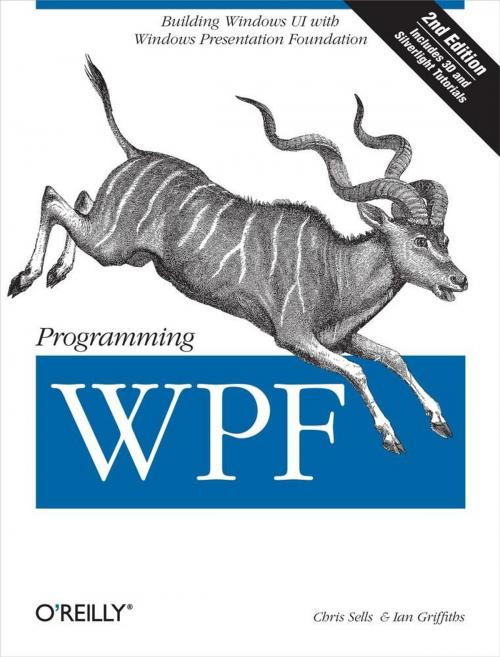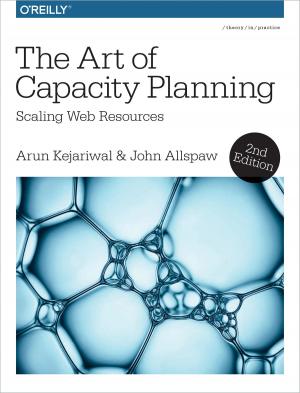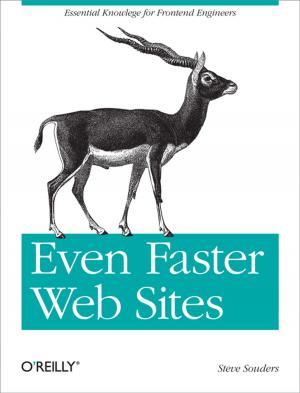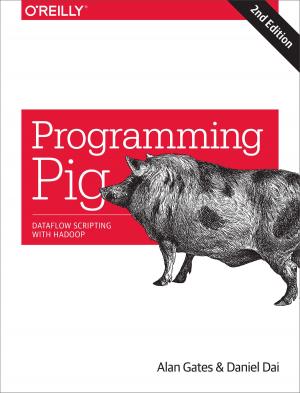Programming WPF
Building Windows UI with Windows Presentation Foundation
Nonfiction, Computers, Operating Systems, Windows, Programming, Software Development, Programming Languages| Author: | Chris Sells, Ian Griffiths | ISBN: | 9780596554798 |
| Publisher: | O'Reilly Media | Publication: | December 17, 2008 |
| Imprint: | O'Reilly Media | Language: | English |
| Author: | Chris Sells, Ian Griffiths |
| ISBN: | 9780596554798 |
| Publisher: | O'Reilly Media |
| Publication: | December 17, 2008 |
| Imprint: | O'Reilly Media |
| Language: | English |
If you want to build applications that take full advantage of Windows Vista's new user interface capabilities, you need to learn Microsoft's Windows Presentation Foundation (WPF). This new edition, fully updated for the official release of .NET 3.0, is designed to get you up to speed on this technology quickly. By page 2, you'll be writing a simple WPF application. By the end of Chapter 1, you'll have taken a complete tour of WPF and its major elements.
WPF is the new presentation framework for Windows Vista that also works with Windows XP. It's a cornucopia of new technologies, which includes a new graphics engine that supports 3-D graphics, animation, and more; an XML-based markup language, called XAML, for declaring the structure of your Windows UI; and a radical new model for controls.
This second edition includes new chapters on printing, XPS, 3-D, navigation, text and documents, along with a new appendix that covers Microsoft's new WPF/E platform for delivering richer UI through standard web browsers -- much like Adobe Flash. Content from the first edition has been significantly expanded and modified. Programming WPF includes:
- Scores of C# and XAML examples that show you what it takes to get a WPF application up and running, from a simple "Hello, Avalon" program to a tic-tac-toe game
- Insightful discussions of the powerful new programming styles that WPF brings to Windows development, especially its new model for controls
- A color insert to better illustrate WPF support for 3-D, color, and other graphics effects
- A tutorial on XAML, the new HTML-like markup language for declaring Windows UI
- An explanation and comparison of the features that support interoperability with Windows Forms and other Windows legacy applications
WPF represents the best of the control-based Windows world and the content-based web world. Programming WPF helps you bring it all together.
If you want to build applications that take full advantage of Windows Vista's new user interface capabilities, you need to learn Microsoft's Windows Presentation Foundation (WPF). This new edition, fully updated for the official release of .NET 3.0, is designed to get you up to speed on this technology quickly. By page 2, you'll be writing a simple WPF application. By the end of Chapter 1, you'll have taken a complete tour of WPF and its major elements.
WPF is the new presentation framework for Windows Vista that also works with Windows XP. It's a cornucopia of new technologies, which includes a new graphics engine that supports 3-D graphics, animation, and more; an XML-based markup language, called XAML, for declaring the structure of your Windows UI; and a radical new model for controls.
This second edition includes new chapters on printing, XPS, 3-D, navigation, text and documents, along with a new appendix that covers Microsoft's new WPF/E platform for delivering richer UI through standard web browsers -- much like Adobe Flash. Content from the first edition has been significantly expanded and modified. Programming WPF includes:
- Scores of C# and XAML examples that show you what it takes to get a WPF application up and running, from a simple "Hello, Avalon" program to a tic-tac-toe game
- Insightful discussions of the powerful new programming styles that WPF brings to Windows development, especially its new model for controls
- A color insert to better illustrate WPF support for 3-D, color, and other graphics effects
- A tutorial on XAML, the new HTML-like markup language for declaring Windows UI
- An explanation and comparison of the features that support interoperability with Windows Forms and other Windows legacy applications
WPF represents the best of the control-based Windows world and the content-based web world. Programming WPF helps you bring it all together.















